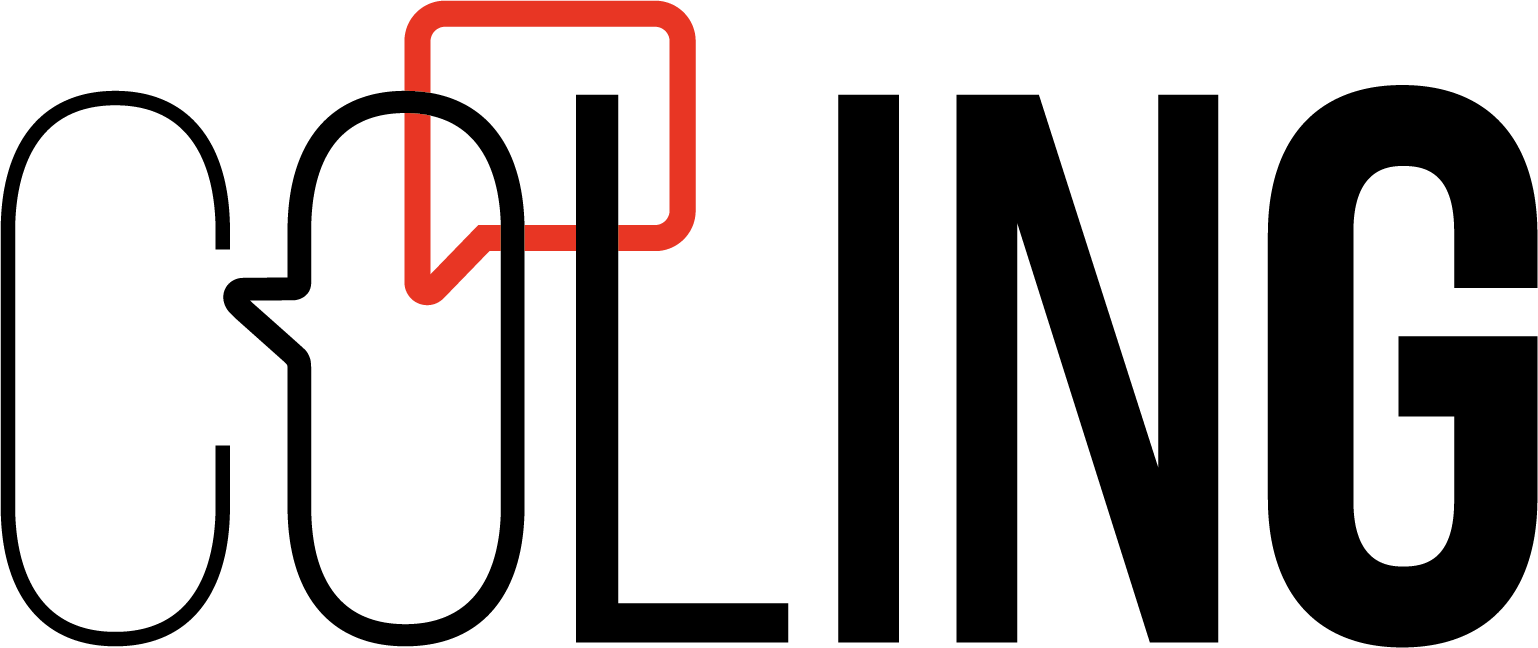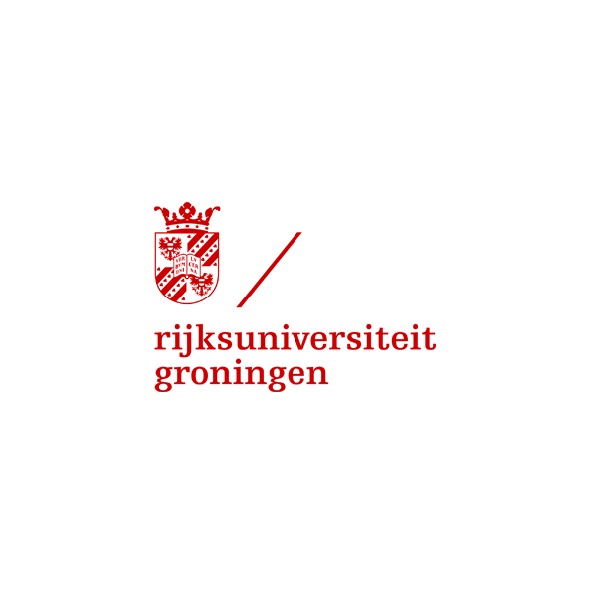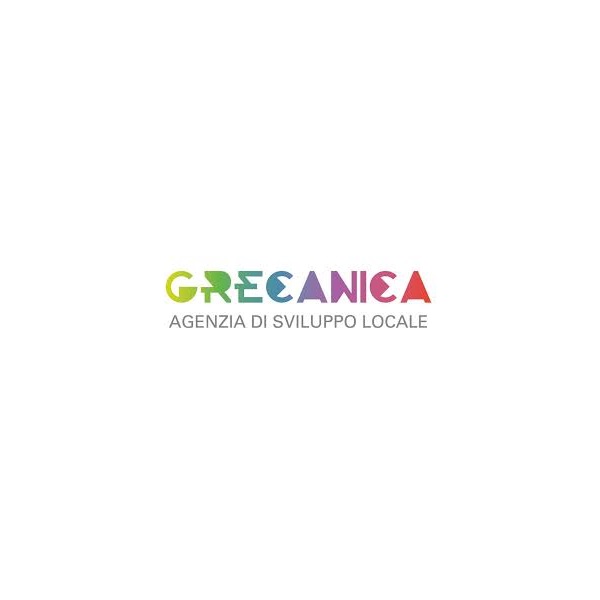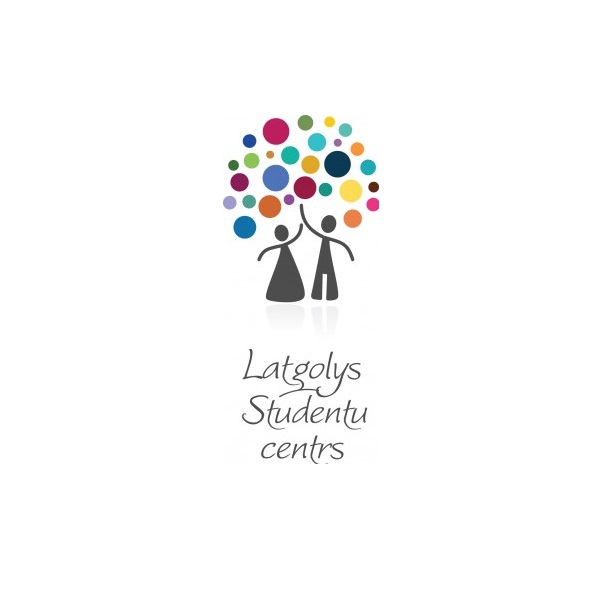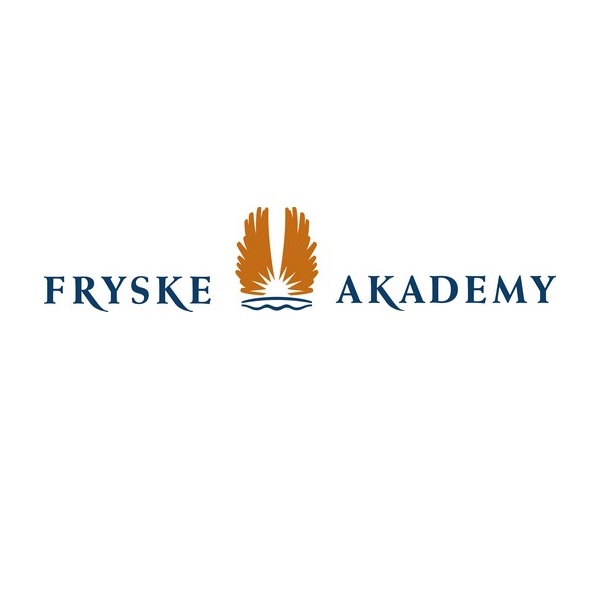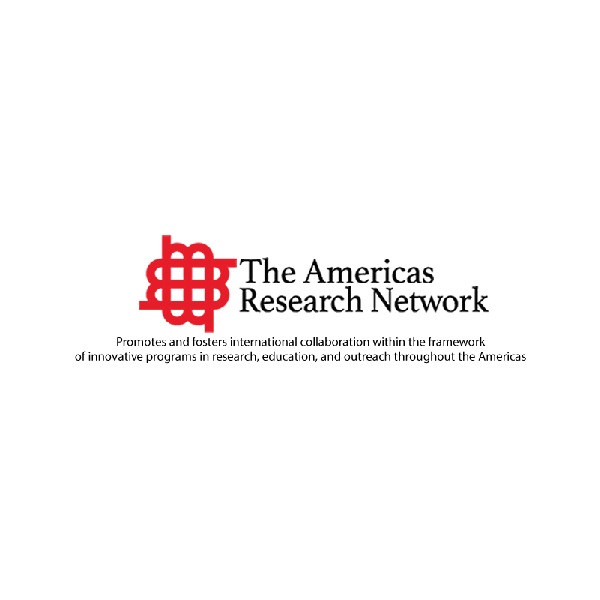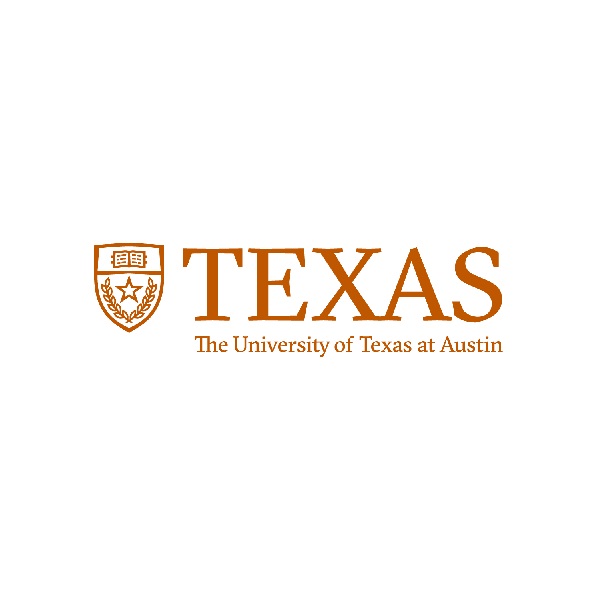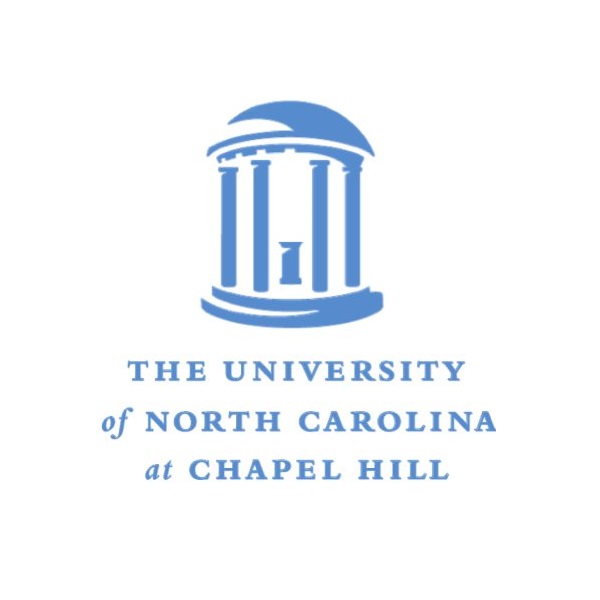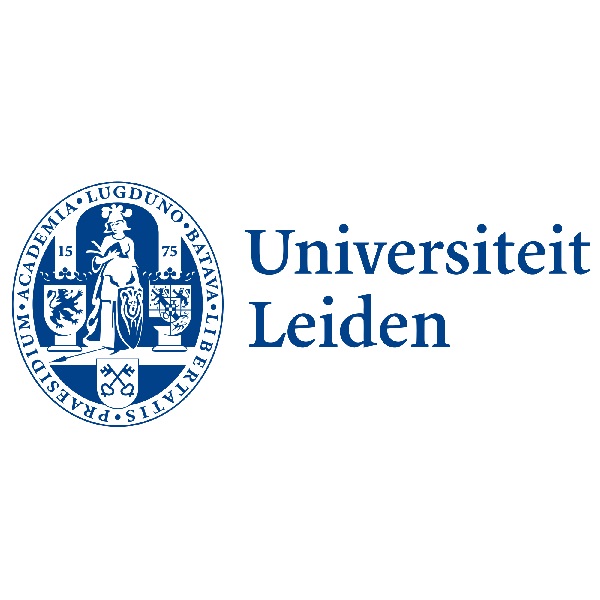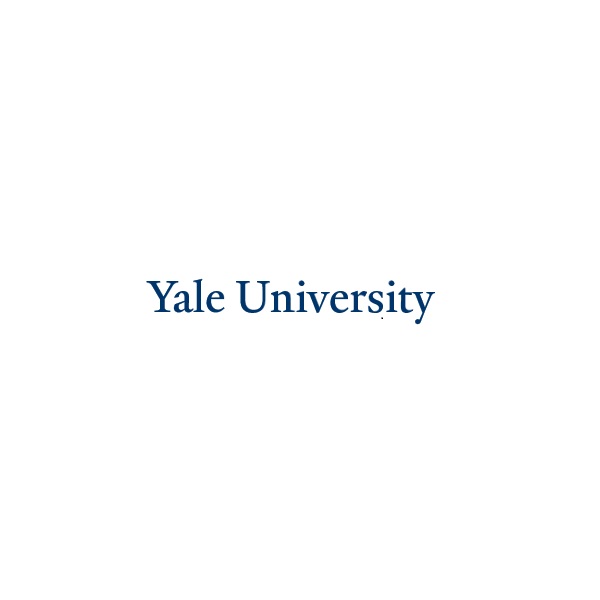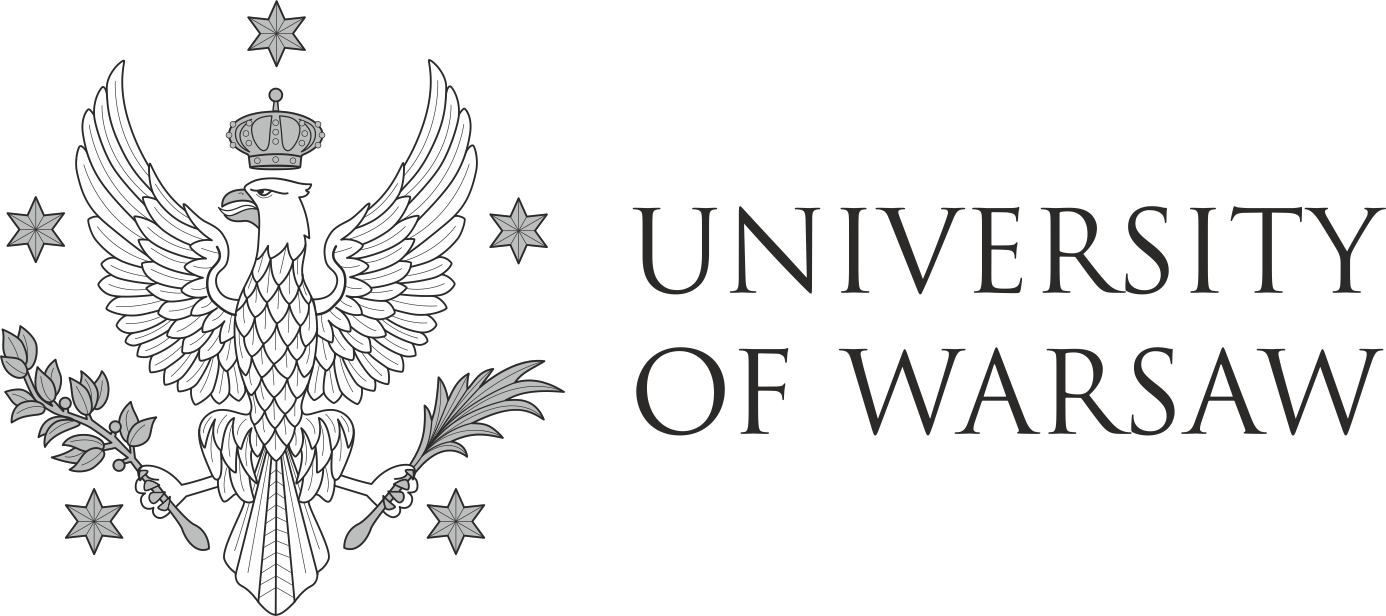“Indigenous and Minority Languages: Living History and Opportunities for the Future” Summer School / July 1-12, 2019 / UNC Chapel Hill, NC
2019.07.01 | UNC Chapel Hill
CAPACITY BUILDING
The project “Minority Languages, Major Opportunities. Collaborative Research, Community Engagement and Innovative Educational Tools” COLING, funded by Horizon 2020 MSCA RISE program (778384), focuses on developing and sharing expert knowledge on language revitalization programs that combine community-driven and top-down approaches; promoting engaged collaboration among academic, non-profit and community-based institutions; developing efficient teaching methodologies, teacher training, and curricula for minority languages; and establishing a new international academic program in minority studies at the partner institutions, in which the new methodologies and curricula will be employed. To this end, COLING aims to organize 4 international schools and several workshops to create space for academics, experts, language and speech community members, and activists from various communities in the world to meet, discuss, and share their work in very different minoritized contexts.
The Summer School, “Indigenous and Minority Languages: Living History and Opportunities for the Future,” is organized in collaboration with the Americas Research Network (ARENET), the UNC-CH Institute for the Study of the Americas, Center for Research and Practice in Cultural Continuity at the University of Warsaw “Faculty of Artes Liberales”, the Council of American Overseas Research Centers, and the Smithsonian Institution. The summer school will take place at the UNC Chapel Hill Global Education Center July 1-12, 2019. An integral part of the workshop includes a two-day visit to the Cherokee Eastern Band Indian Community July 6-7, 2019.
Thirty-five international language experts will deliver presentations and participate in round table discussions. Among the themes to be included are:
Language and health; Practical language revitalization and empowerment activities in Mexico and Europe; Maya glyphs and empowerment of modern Maya people; Language documentation and revitalization among the Nahuas and the Tének of the Huasteca Potosina, Mexico; Health, well-being and language enrichment/expansion; Community-participatory approach to Yucatec-Maya cultural landscapes, codices, and environmental conservation; Maya ancient and modern languages; Living Maya languages and cultures in North Carolina; Wauja language revitalization in Brazil; Indigeneity, culture and language in the ecological borderlands of northern Mexico; Archiving Cherokee texts, machine translation, classroom teaching materials creation, developing augmented reality/virtual reality tools for language teaching and contextualizing language within cultural sites; Dictionary construction; Arabic heritage languages, oral languages and “classic” written forms.
